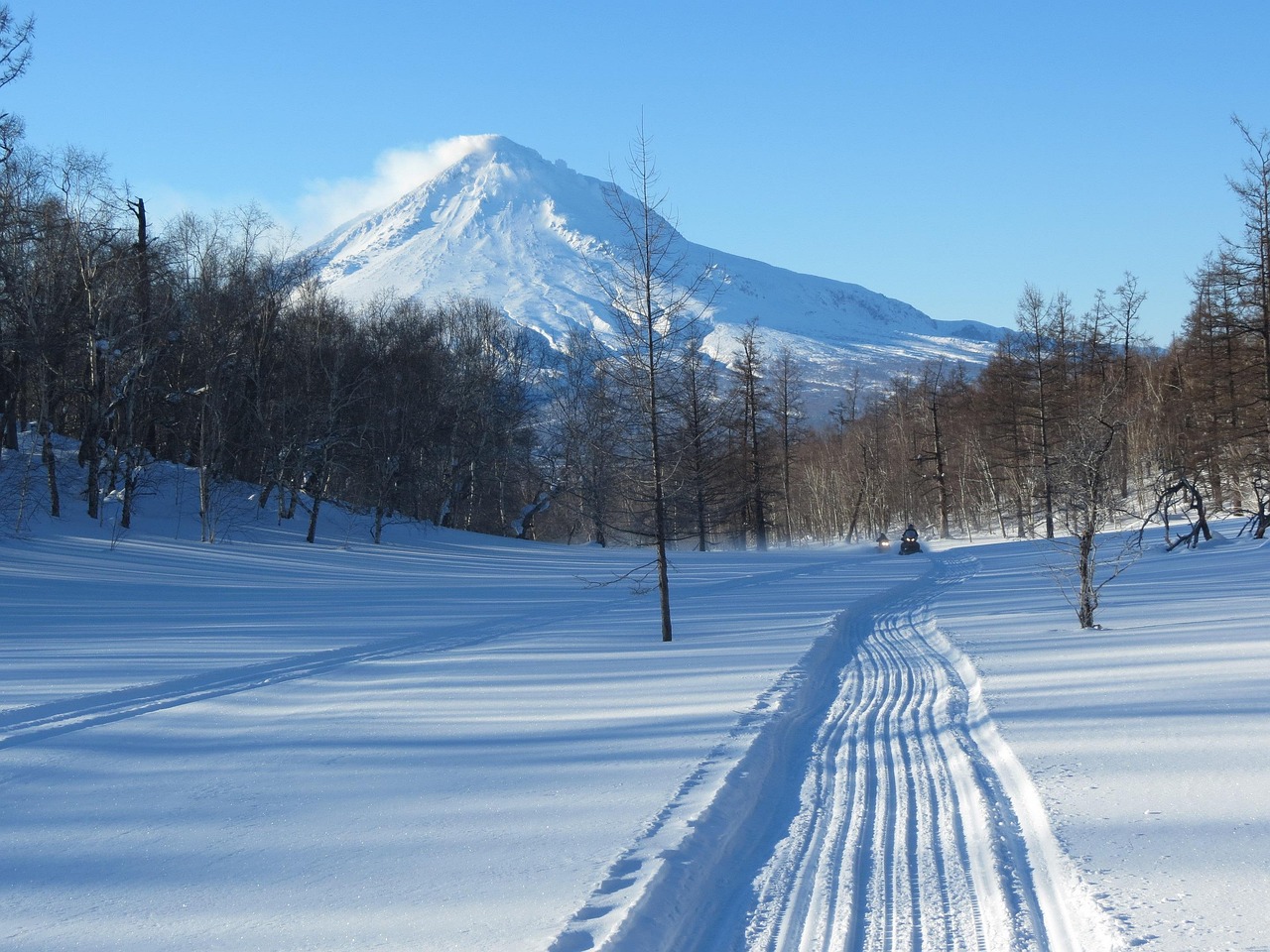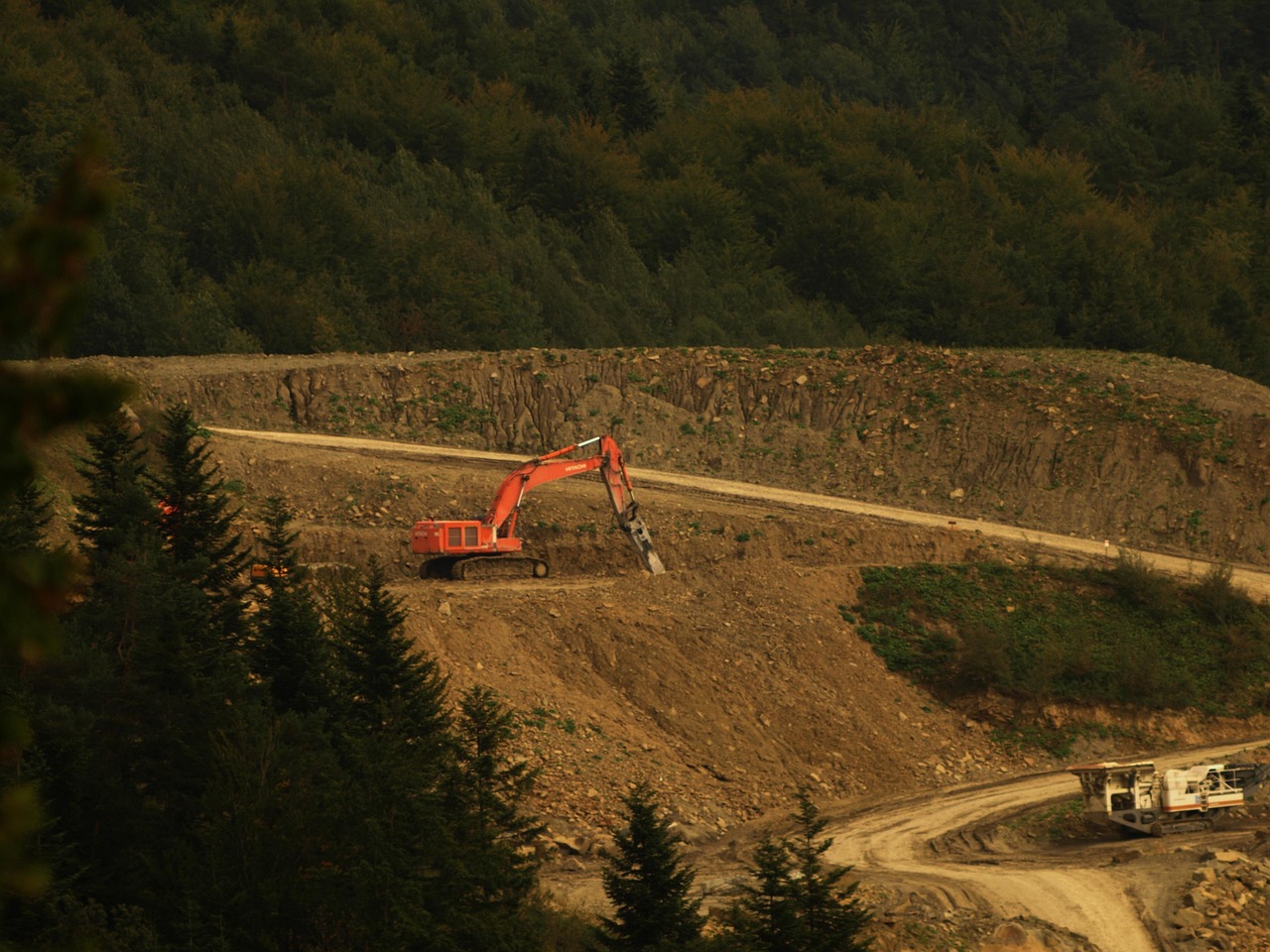CWCS Position on Tilbury Trail Reroute
Note: The following content reflects CWCS’s position as of December 2005 and references policy discussions and trail development proposals active at that time.
Historical Context
The Tilbury Trail was built in the 1960s. Cabin owners on McFarland Lake used it to access South Fowl Lake. The 1978 BWCA Wilderness Act expanded the Boundary Waters, placing the trail within the designated wilderness. The Forest Service did not act to address its new status.
Trail Oversight and Community Knowledge
CWCS stated that locals had always known about the trail. They believed environmental groups had only recently learned of it. The group criticized the Forest Service for not recognizing the trail’s presence earlier.
Snowmobiling and Cultural Significance
Snowmobiles became popular in northern Minnesota during the 1960s and 1970s. Many families used them for recreation and winter ice fishing. CWCS emphasized that snowmobiling was part of local culture. They argued that the ban in the BWCA occurred without an Environmental Impact Statement (EIS).
Legislative Mandates and Unfulfilled Commitments
Section 18 of the 1978 BWCA Wilderness Act required new trails outside the BWCAW to replace those lost to wilderness designation. CWCS claimed this commitment was never met. One trail near Ely—from Stub Lake to Moose Lake—was partially developed but never completed.
Reroute and Funding Recommendations
In 2005, CWCS maintained that the Forest Service should fund the Tilbury Trail reroute. This would fulfill the 1978 law’s requirements. CWCS also supported federal funding for a snowmobile trail between Ely and Crane Lake, a project once proposed by Senator Paul Wellstone.
Preferred Route and Legislative Interpretation
CWCS stated that the reroute should follow the original trail’s path. They opposed choosing a route based only on distance from the BWCA. The group favored the North Route for being shorter, safer, and needing less new construction. They noted the 1978 law did not establish a buffer zone. It only required new trails to be outside the BWCAW.
CWCS Advocacy Position
As of 2005, CWCS supported land use decisions that respected legal mandates, honored historic use, and met community needs in northern Minnesota.



